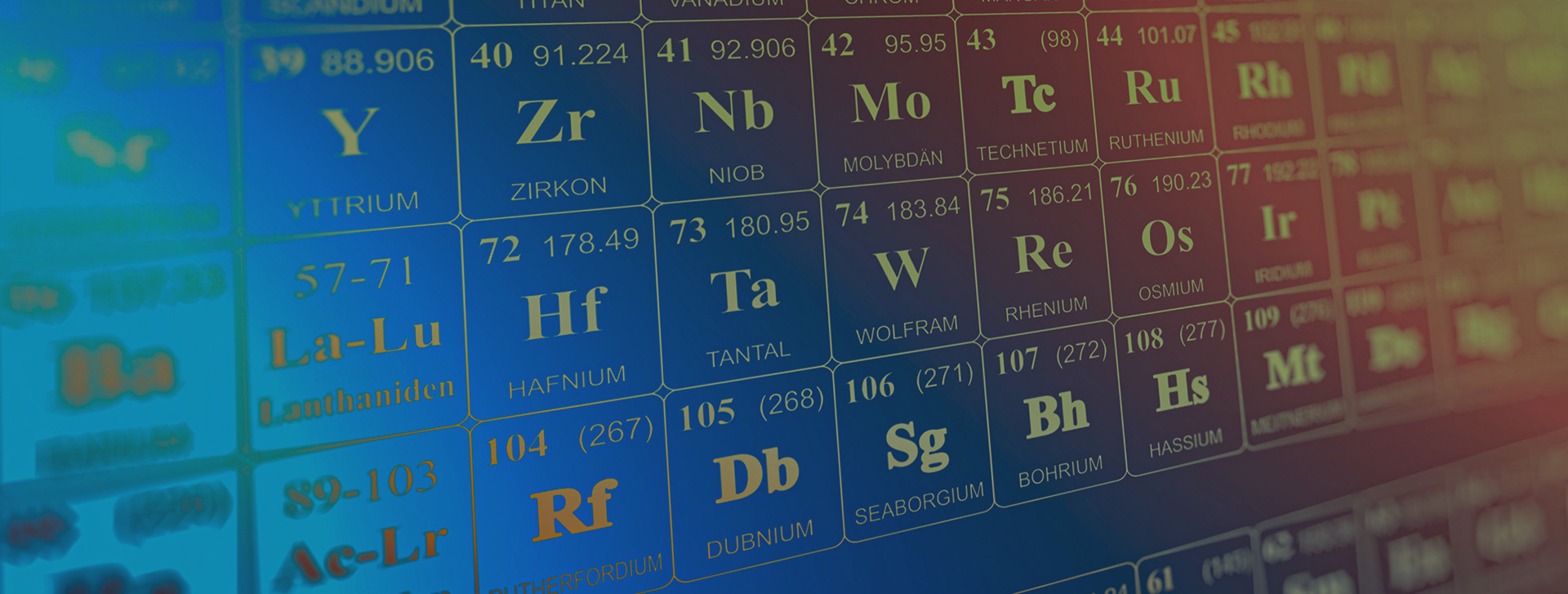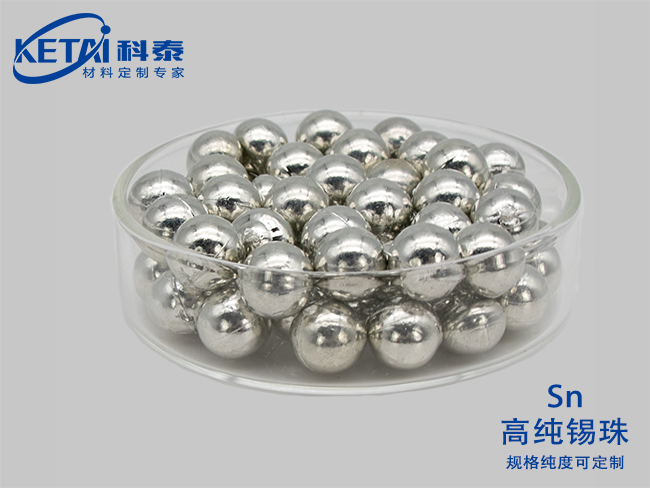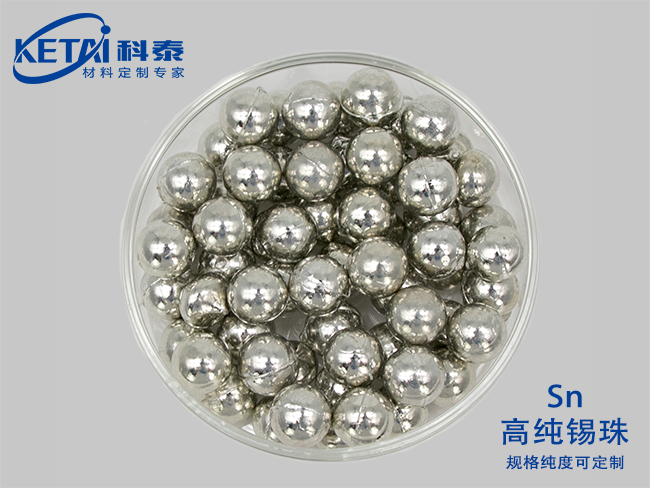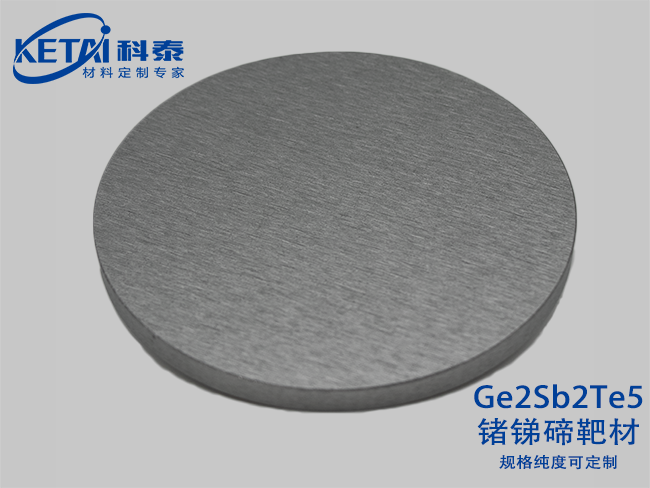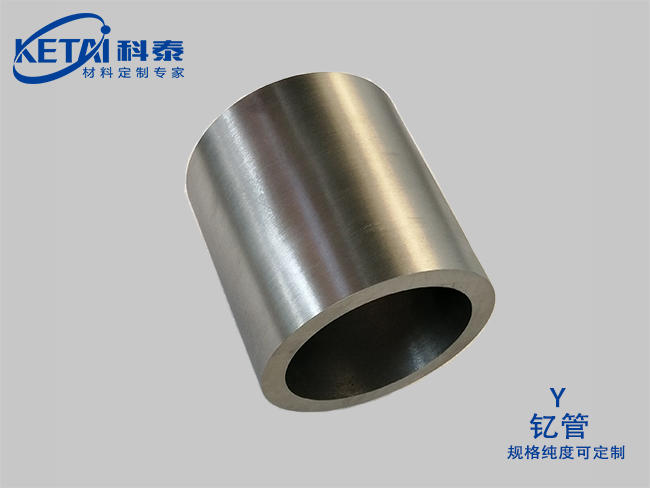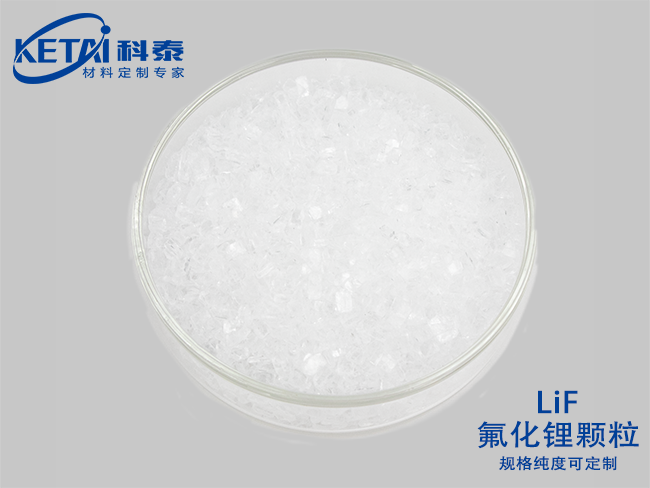-
-
Sputtering Targets
- Element Sputtering Targets
- Alloy Sputtering Targets
- Oxide Sputtering Targets
- Nitride Sputtering Targets
- Carbide Sputtering Targets
- Fluoride Sputtering Targets
- Silicide Sputtering Targets
- Sulfide Sputtering Targets
- Selenide Sputtering Targets
- Telluride Sputtering Targets
- Antimonide Sputtering Targets
- Phosphide Sputtering Targets
- Special Sputtering Targets Customization
- Sputtering Targets List
-
Evaporation Materials
- Element Evaporation Materials
- Alloy Evaporation Materials
- Oxide Evaporation Materials
- Nitride Evaporation Materials
- Carbide Evaporation Materials
- Fluoride Evaporation Materials
- Phosphide Evaporation Materials
- Telluride Evaporation Materials
- Selenide Evaporation Materials
- Sulfide Evaporation Materials
- Other Evaporation Materials
- Evaporation Materials List
- Compound Semiconductor Materials
- Rare Earth Materials
- Special Alloy
-
Crucible customization
-
Sputtering Targets
- H氢
- He氦
- Li锂
- Be铍
- B硼
- C碳
- N氮
- O氧
- F氟
- Ne氖
- Na钠
- Mg镁
- Al铝
- Si硅
- P磷
- S硫
- Cl氯
- Ar氩
- K钾
- Ca钙
- Sc钪
- Ti钛
- V钒
- Cr铬
- Mn锰
- Fe铁
- Co钴
- Ni镍
- Cu铜
- Zn锌
- Ga镓
- Ge锗
- As砷
- Se硒
- Br溴
- Kr氪
- Rb铷
- Sr锶
- Y钇
- Zr锆
- Nb铌
- Mo钼
- Tc碍
- Ru钌
- Rh铑
- Pd钯
- Ag银
- Cd镉
- In铟
- Sn锡
- Sb锑
- Te碲
- I碘
- Xe氙
- Cs铯
- Ba钡
- LaLu镧系
- Hf铪
- Ta钽
- W钨
- Re铼
- Os锇
- Ir铱
- Pt铂
- Au金
- Hg汞
- Tl铊
- Pb铅
- Bi铋
- Po钋
- At砹
- Rn氡
- La镧
- Ce铈
- Pr镨
- Nd钕
- Pm钷
- Sm钐
- Eu铕
- Gd钆
- Tb铽
- Dy镝
- Ho钬
- Er铒
- Tm铥
- Yb镱
- Lu镥
点击可查看包含对应元素的相关产品信息
科泰新材料可提供“元索周期表”近乎全元素(除放射性元素外)的任意组合材料定制,
部分产品未及时更新,特殊定制需求请咨询客服。
- Al铝
- Ar氩
- As砷
- Ag银
- Au金
- At砹
- Be铍
- B硼
- Br溴
- Ba钡
- Bi铋
- C碳
- Cl氯
- Ca钙
- Cr铬
- Co钴
- Cu铜
- Cd镉
- Cs铯
- Ce铈
- Dy镝
- Eu铕
- Er铒
- F氟
- Fe铁
- Ga镓
- Ge锗
- Gd钆
- H氢
- He氦
- Hf铪
- Hg汞
- Ho钬
- In铟
- I碘
- Ir铱
- K钾
- Kr氪
- Li锂
- LaLu镧系
- La镧
- Lu镥
- Mg镁
- Mn锰
- Mo钼
- N氮
- Ne氖
- Na钠
- Ni镍
- Nb铌
- Nd钕
- O氧
- Os锇
- P磷
- Pd钯
- Pt铂
- Pb铅
- Po钋
- Pr镨
- Pm钷
- Rb铷
- Re铼
- Rn氡
- Ru钌
- Rh铑
- Si硅
- S硫
- Sc钪
- Se硒
- Sr锶
- Sn锡
- Sb锑
- Te碲
- Sm钐
- Ti钛
- Tc碍
- Ta钽
- Tl铊
- Tb铽
- Tm铥
- V钒
- W钨
- Xe氙
- Yb镱
- Y钇
- Zn锌
- Zr锆
当前位置:首页 >> Products >> Evaporation Materials >> Element Evaporation Materials
- 产品类别
Tin beads(Sn)

| Tin beads(Sn)基本信息 | |
| 分子式 | Sn |
| 纯度 | 99.99% |
| CAS号 | 7440-31-5 |
| 摩尔质量 | 118.71 |
| 密度 | 7.28 g/cm³ |
| 熔点 | 231.89 ℃ |
| 沸点 | 2260 ℃ |
| 溶解性(水) | |
Tin beads(Sn)产品概况
The English name of tin is tin, and the element symbol is Sn. "Tin is a metallic element, an inorganic substance, and a low melting point metal with a silvery white luster. It is divalent or tetravalent in compounds and will not be oxidized by air at room temperature. Tin has 14 isotopes, of which 10 are stable isotopes, namely, tin - 112, 114, 115, 116, 117, 118, 119, 120, 122, and 124.".
Metallic tin is soft and flexible, with a melting point of 231.89 ℃ and a boiling point of 2260 ℃. There are three types of allotropes:
White tin is a tetragonal crystal system, with cell parameters of a=0.5832nm and c=0.3181nm. The cell contains four Sn atoms, with a density of 7.28g/cm3, a hardness of 2, and good ductility.
Grey tin is a diamond shaped cubic crystal system with a cell parameter of a=0.6489nm, containing 8 Sn atoms in the cell, and a density of 5.75g/cm3.
Brittle tin is an orthogonal crystal system with a density of 6.54g/cm3.
Tin is so soft that you can cut it with a knife. Tin has stable chemical properties and is not easily oxidized by oxygen at room temperature, so it often maintains the shiny luster of silver. Tin is non-toxic, and it is often plated on the inner wall of copper pots to prevent copper from forming toxic copper green (basic copper carbonate) with warm water. The formation of a tin dioxide protective film on the surface of tin in air is stable, and the oxidation reaction is accelerated under heating; Tin reacts with halogen under heating to generate tin tetrahalide; It can also react with sulfur; Tin is soluble in strong alkaline solutions; It can be corroded in acidic solutions of salts such as iron chloride and zinc chloride.
| Tin beads(Sn)产品应用 |







